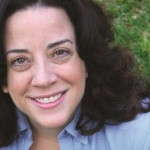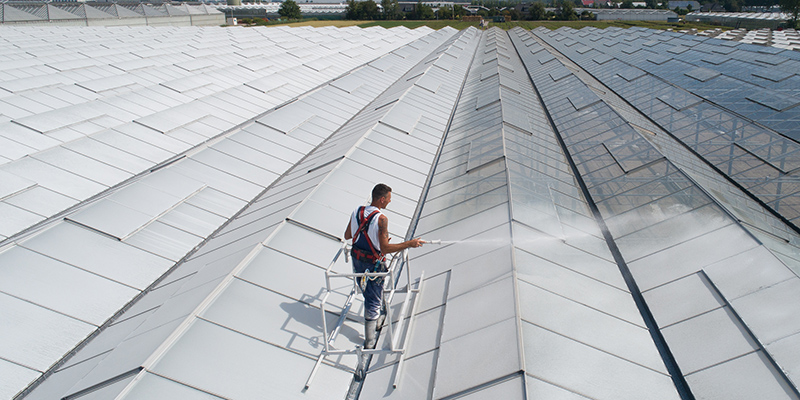5 Tips For Displaying Native Plants From 5 Garden Retailers

Matt Zerby, Wasco Nursery
Question: What is the best way to display native plants? Should they be grouped together in displays, or mixed in throughout other plant categories?
Matt Zerby, Wasco Nursery
Advice From Tammy Behm, Greenscape Gardens
We have a dedicated native plant area that is a little more than 2,000 square feet. In our perennial department, we merchandise based upon the gardening mission (deer resistant, drought tolerant, etc.). There is naturally crossover in the different missions, but we put some of the plants in each of the areas. As stock is reduced for the slower seasons, or as plants are cut back or past peak, they are rotated back to the native area.
Another place that we feature natives is at the front counter. They often are a component in our “light bulb” moments that we create. For example, when the Asclepias tuberosa is covered with orange aphids, instead of treating them and hiding it, we look for ones that have the lacewing egg cases and set those at the front counters. Customers are very quick to notice the brightly colored aphids on the plants and eager to point them out, which is a perfect lead-in to letting us show them the egg cases and explain the life cycles and relationship between the two and the benefits of letting nature take its course. You can see the light bulb clicking on!
Advice From Geoff Olmstead, Orchard Nursery & Florist
It depends on the native. California natives are specific with their watering needs, but most of them are often unattractive in containers. We put most natives grouped together because our customers are looking specifically for them, although we do incorporate the more attractive ones into displays. We also rotate our displays to show off the ones that are blooming, to highlight their characteristics. It’s a balance between using what looks good during certain times of the year, and keeping them grouped when they are not looking prime.
Advice From James Schroer, Plant Place
We are going to experiment this season and group them at some stores and mix them at others and pay attention to the sell through.
Advice From Steve Mostardi, Mostardi Nursery
We have a designated area that is highlighted by signage to appeal to folks who are browsing on their own. This also serves to reinforce to staff which plants are native, especially some of the more uncommon varieties that we sell. There is not sufficient space there to stock all our natives in this area, but it serves as a destination and starting point for interaction with customers.
Advice From Nancy DuBrule-Clemente, Natureworks
I use native plants here in Connecticut in many different ways in the gardens. It depends on the native. Some are very ornamental, and in that case they are designed right into the gardens. Some are less ornamental, such as milkweed, and these are designed into much wilder areas such as hedgerows or meadow-type gardens. In terms of displaying them, we have a very well-shopped native woodland plant bench. This is a real draw in the spring when we stock it with wildflowers. We have tried to keep the natives together, but in general, they are dispersed amongst our benches. We will do endcap displays highlighting natives that are especially nice.










